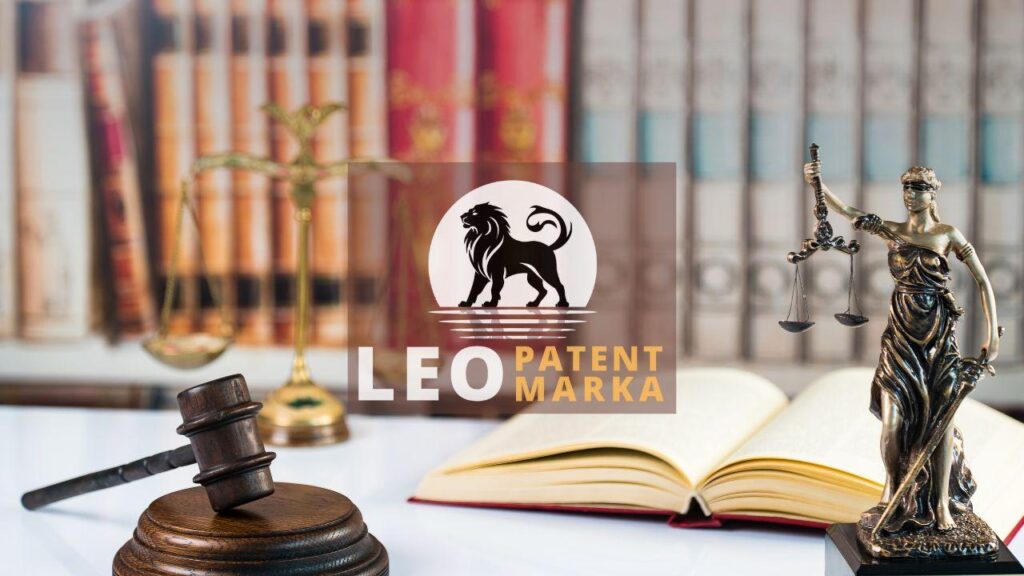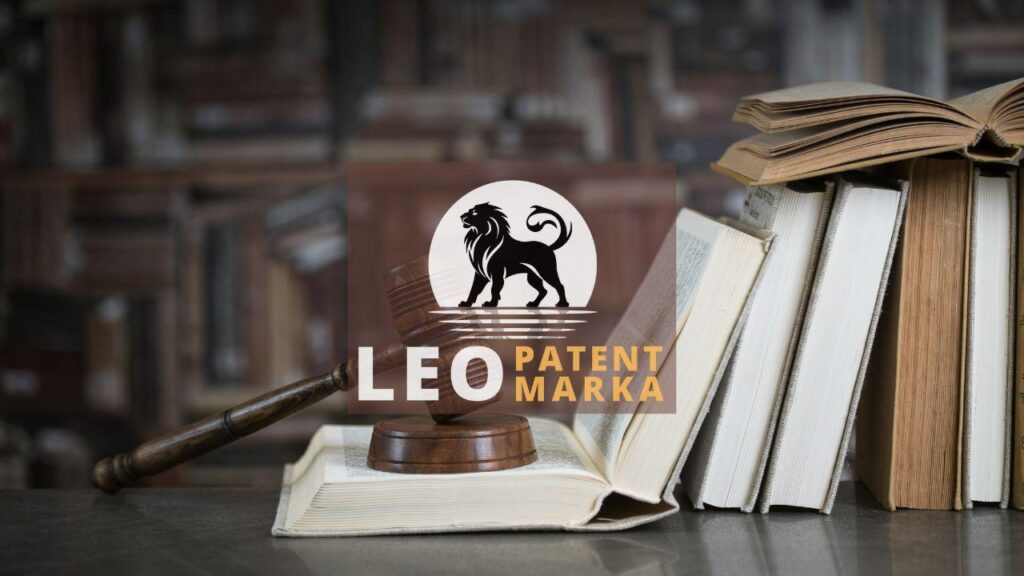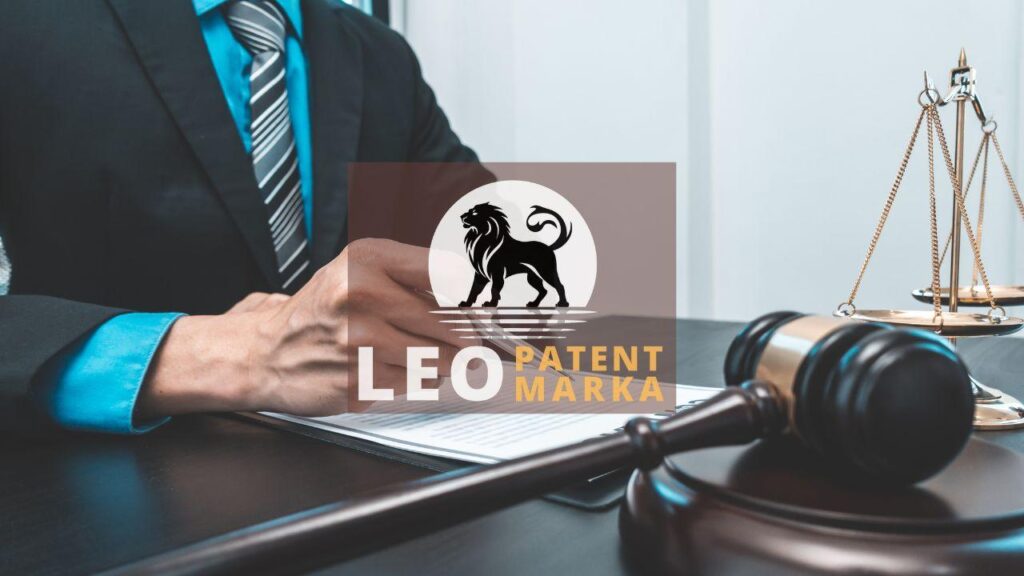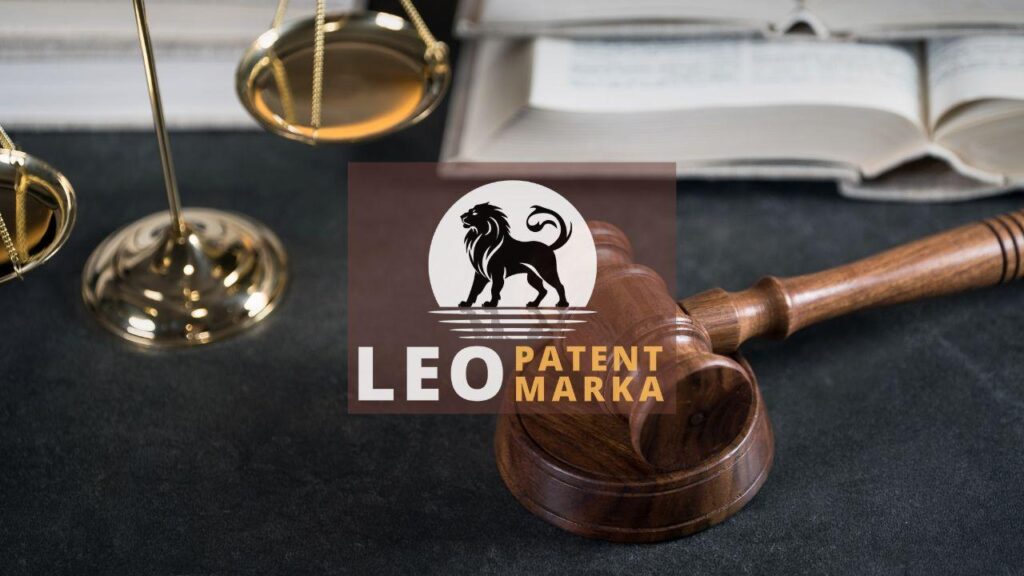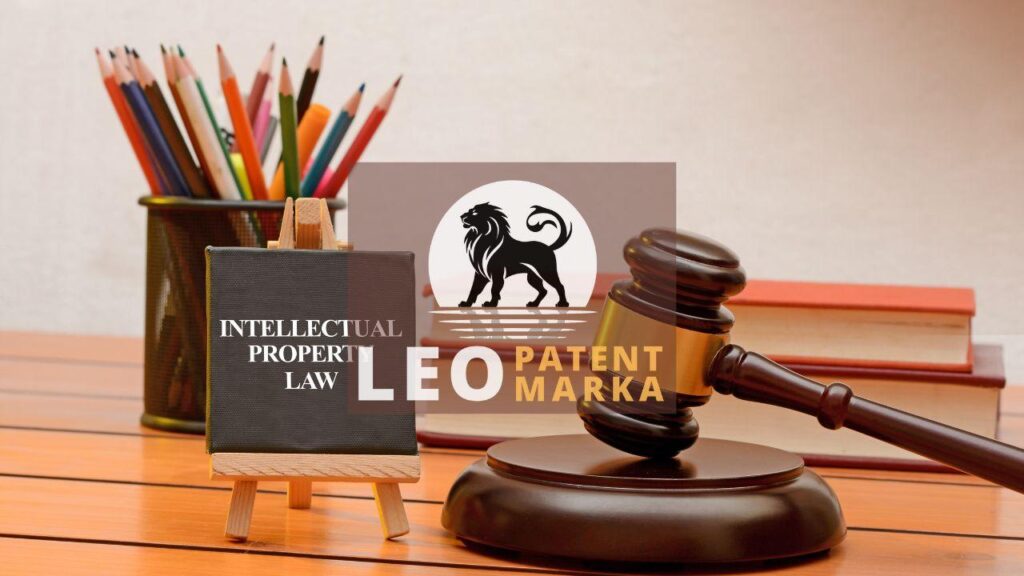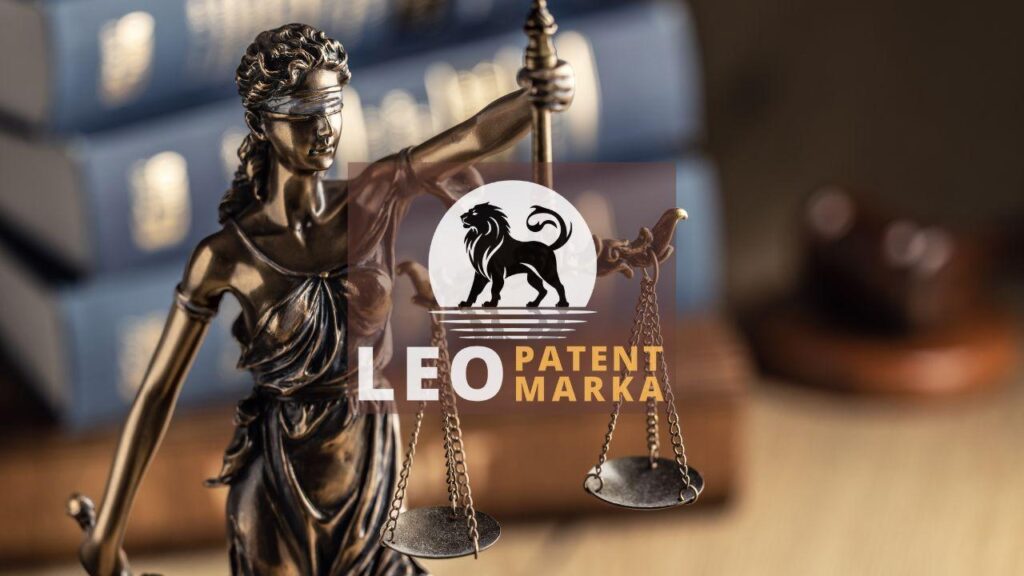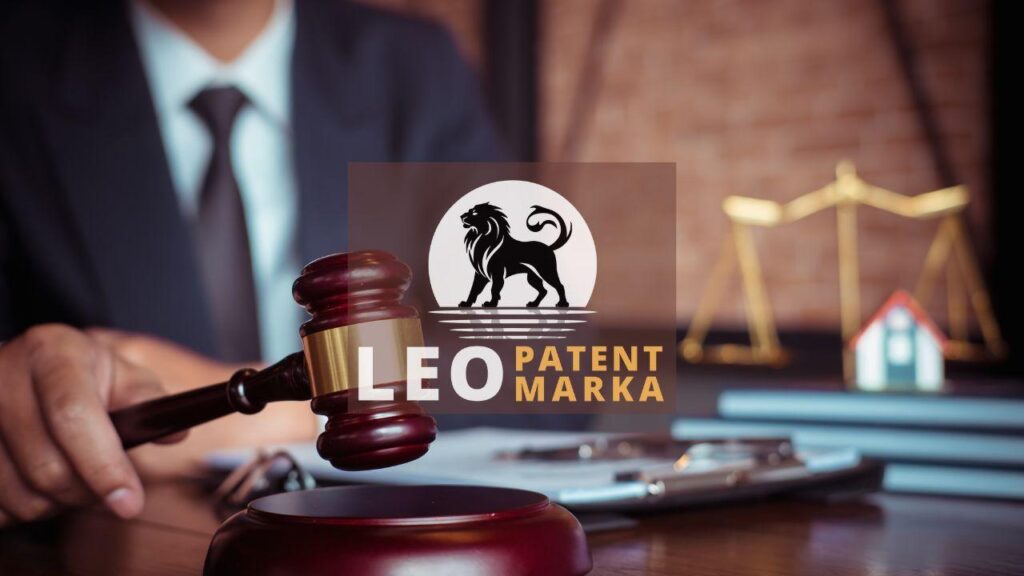Preventing online brand abuse is imperative in today’s digital age. With brand abuse prevention, businesses can safeguard their reputation and ensure digital brand safety. Imagine your brand as a fortress, constantly under threat from potential invaders. Without solid defenses—without effective brand management strategies—it’s only a matter of time before an attack breaches your walls. Protecting online reputation is crucial, as these threats can dismantle years of work in moments. It’s not just about blocking threats but understanding how online brand protection strategies can create a shield against misuse and misrepresentation. Every business, big or small, needs to be vigilant. In a world where information spreads like wildfire, ensuring your brand remains untouched is not just an option; it’s a necessity. The right strategies don’t just protect—they empower, keeping your brand safe and strong in the vast, ever-evolving digital landscape.
Effective Monitoring Techniques for Brand Protection
Effective monitoring techniques are essential for online brand protection. Start by setting up alerts for brand mentions. This helps track real-time conversations about your brand on various platforms. Spotting brand abuse quickly allows a swifter response, maintaining digital brand safety and protecting online reputation. Employ analytics tools to monitor unauthorized use of your logos or similar brand images. These tools provide insights into misuse patterns and help design effective brand management strategies. Consider enlisting a specialized brand protection service for vast monitoring coverage and expertise. With comprehensive oversight, businesses can act promptly against threats. Remember, vigilance in detecting issues is key; the faster you identify potential problems, the stronger your defenses will be. Ultimately, an active approach to brand abuse prevention can become a powerful weapon in safeguarding your digital fortress.
Incorporating powerful listening tools is a game-changer in online brand protection. These tools scan social media channels, forums, and websites, alerting you to possible infringements or negative feedback. By tuning in, you’re not left in the dark about brand discussions. You can address brand abuse prevention head-on, nipping issues before they spiral. Digital brand safety hinges on swift reactions to these signals—your ability to act defines your strength. Enhance protecting online reputation by flagging and correcting misleading representations of your brand. Don’t underestimate the strategic use of AI in managing immense data flow for brand management strategies. It sorts through noise, spotlighting critical alerts. By streamlining this process, you save time, focusing efforts where they matter most. Staying informed ensures you remain a step ahead of potential threats, building an armor that makes your fortress almost impenetrable.
Another critical aspect of online brand protection is maintaining open lines of communication. Engage with your audience by responding promptly to feedback—both positive and negative. By addressing issues head-on, you foster trust and reinforce brand loyalty. Collaboration with your audience turns potential threats into opportunities for growth. Protecting online reputation also involves educating your team and stakeholders about recognizing signs of brand abuse. Regular workshops or training sessions enhance awareness and readiness, equipping everyone with knowledge to act decisively. Additionally, adopting a transparent approach with your customer base can transform challenges into shared successes. Empower your audience to become brand advocates, creating an additional layer of defense against brand abuse prevention. By staying proactive and open, you lay a foundation of digital brand safety, making your brand management strategies not just reactive, but consistently effective and empowering.
Legal Considerations for Combating Brand Abuse
Legal considerations play a crucial role in online brand protection. They form a key part of brand management strategies, offering a shield against brand abuse prevention. Establishing trademarks and copyrights is like laying down the law for digital brand safety. These legal tools give you the power to act if your brand faces misrepresentation or misuse. Imagine them as the locks and bolts on the doors of your brand fortress. Without them, protecting online reputation becomes a guessing game. Knowing the legal landscape helps in navigating the maze of regulations that differ across regions. This knowledge equips businesses to enforce rights effectively. Legalities are not just about going on offense; they provide a robust system for defense. Armed with legal strategies, brands can fend off threats before they cause significant damage—much akin to having a reliable shield in the chaos of battle.
Understanding applicable legal frameworks is like having a detailed map in the intricate territory of online brand protection. Familiarize yourself with national and international laws so you’re not caught off guard. It’s equally important to keep updated on changes—laws around digital brand safety can shift like sand. Enlist specialized legal aid when crafting your brand management strategies. Think of these experts as seasoned guides in a landscape fraught with brand abuse prevention hurdles. They can pinpoint vulnerabilities while focusing on protecting online reputation, offering clarity where you might only see fog. With every brand infringement, swift legal action can act as a compass guiding you back to a fortified position. This proactive stance is key in brand abuse prevention, ensuring invaders think twice before crossing legal boundaries. Robust legal strategies don’t just anticipate issues; they also provide a lighthouse in tumultuous digital seas.
Legal considerations form the cornerstone of online brand protection, acting as both a sword and a shield against brand abuse. In the realm of digital transactions, vigilance is vital. Start with registering trademarks and copyrights, the very foundation of digital brand safety. These steps lay down a defense, orchestrating a symphony of legal protections tailored for your brand. Picture your strategy as a legal fortress, with robust walls crafted from firm laws and diligent compliance. Protecting online reputation hinges on this very framework, allowing your enterprise to stand resilient against misrepresentation. Furthermore, engaging legal expertise, akin to having wise strategists by your side, solidifies your position, ensuring that brand management strategies are both anticipatory and responsive. Thus, by fortifying your legal stance, you not only confront challenges head-on but also ensure your brand’s continued integrity in a world where digital threats can appear at a moment’s notice.
Building Consumer Trust Through Transparency
Transparency is the cornerstone of trust in the digital marketplace. For online brand protection, the strategy goes beyond mere visibility—it’s about opening the doors and letting consumers see inside. This transparency fosters loyalty, creating a seamless bond between brand and consumer. When consumers witness a brand committing to digital brand safety, they feel valued. It assures them that protecting online reputation isn’t just a tagline; it’s a promise. Missteps and cover-ups stain reputations, while open communication strengthens them. Integrating transparent practices within brand management strategies ensures that consumers perceive the brand as trustworthy. It’s about using honesty as a weapon against brand abuse prevention. A consumer empowered by knowledge becomes an advocate rather than a skeptic. In this digital age, where shadows loom large, clarity pierces through, establishing a foundation that invites trust and dispels doubt.
An open-book approach to online brand protection can transform customer perception. Picture a brand openly sharing its policies, decisions, and challenges, inviting consumers into its world. This kind of transparency is rare but powerful in cementing trust. It’s not just about selling products—it’s about nurturing relationships. When businesses adopt transparent brand management strategies, they convey confidence in their integrity. Consumers, sensing this authenticity, reciprocate by placing their confidence and loyalty in the brand. Brand abuse prevention benefits from such trust, as consumers become watchdogs, alerting brands to potential threats. This interactive engagement isn’t a one-time tactic; it’s a consistent commitment to digital brand safety, driving the momentum for protecting online reputation. Involving customers in the narrative fosters a community eager to advocate for the brand. A transparent strategy, therefore, serves as a strong deterrent against shadowy threats, setting a powerful precedent in online brand protection.
By fostering an environment of openness, brands lay the foundation for consumer trust. Online brand protection isn’t just about warding off threats; it’s about building a relationship where transparency is key. This isn’t a one-size-fits-all solution but a tailored approach to brand management strategies. Businesses investing in transparency make a clear statement: they’re committed to digital brand safety. When consumers see this dedication to protecting online reputation, it resonates deeply. They recognize a brand doing more than just paying lip service to brand abuse prevention—it’s actively engaging its audience. An honest dialogue fosters advocates ready to stand by the brand. This fortification of trust transforms consumers into loyal guardians. Armed with shared insights, they play an active role in maintaining the brand’s integrity. Thus, transparency doesn’t only shield; it empowers. An empowered audience stands as the first line of defense in a world rife with digital threats.
Disclaimer: This article is for general information purposes only and it is recommended that you consult experts and companies in that field to evaluate your specific situation. We are not responsible for any damage that may arise from the use of the information in this article.

